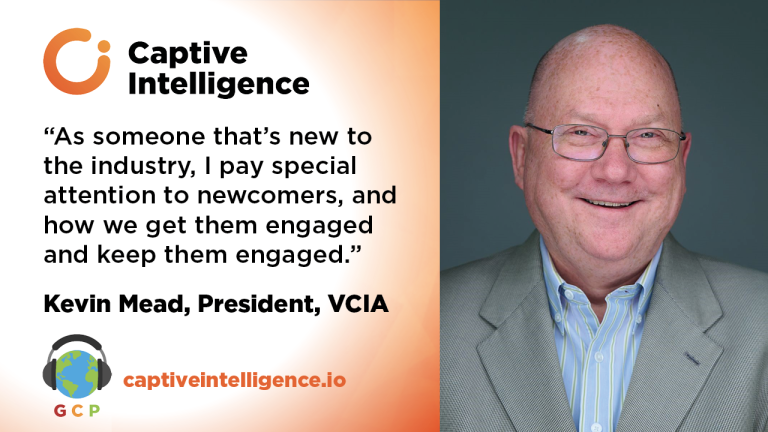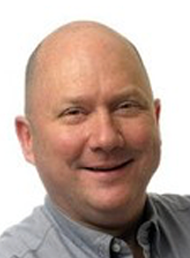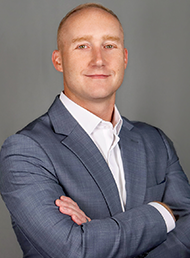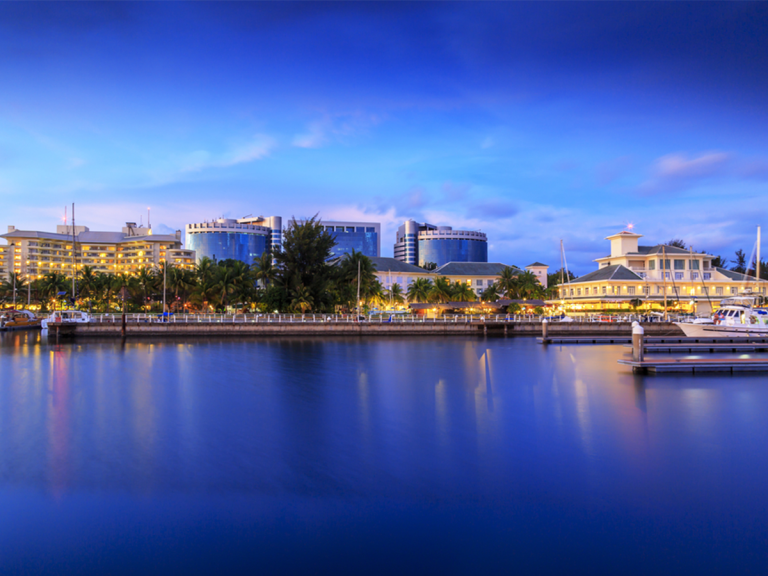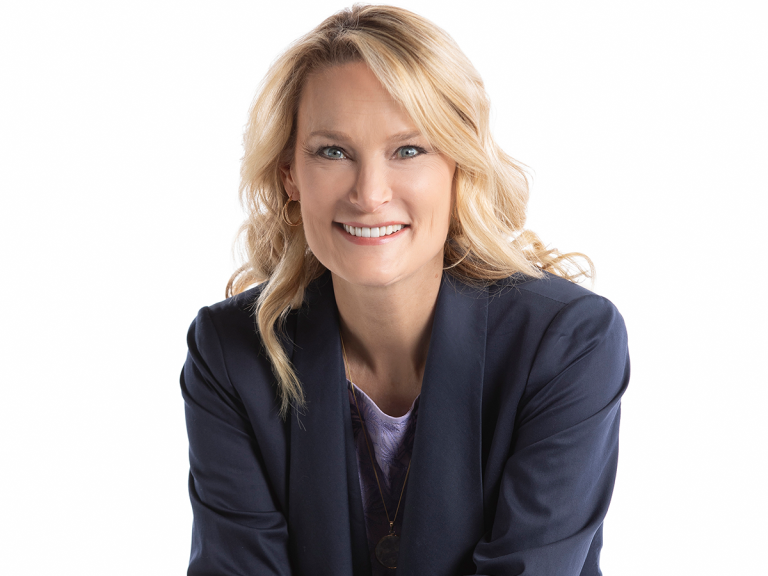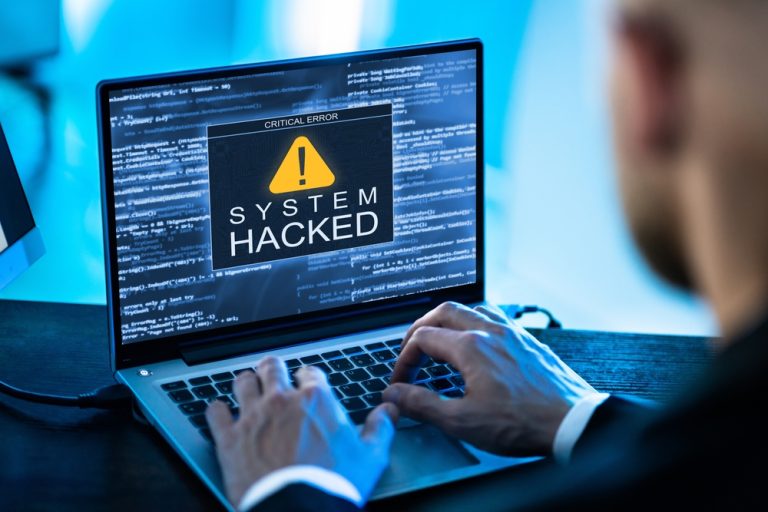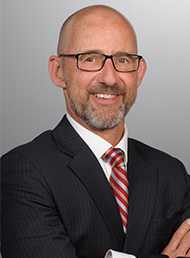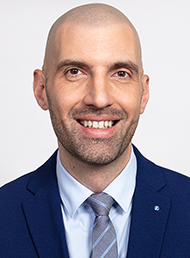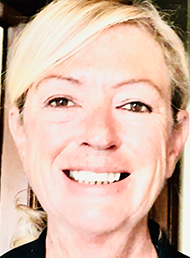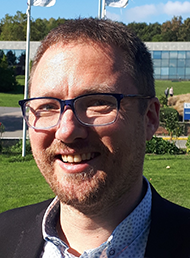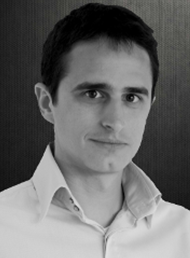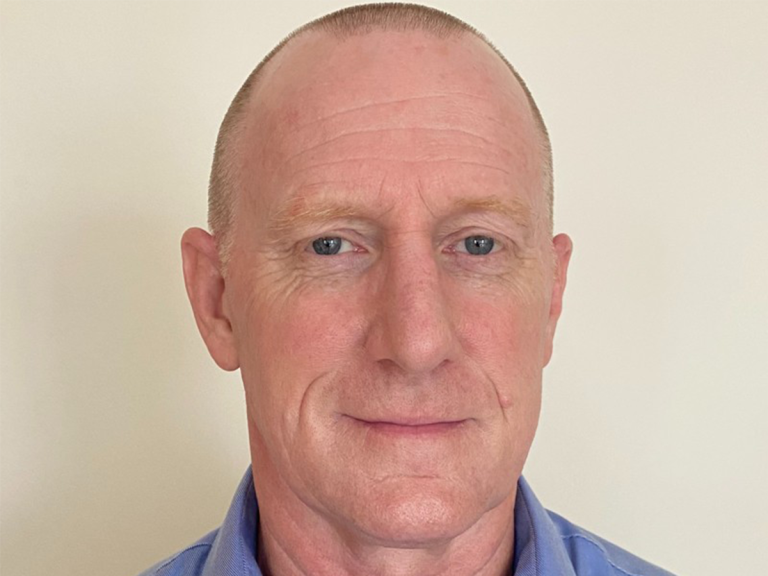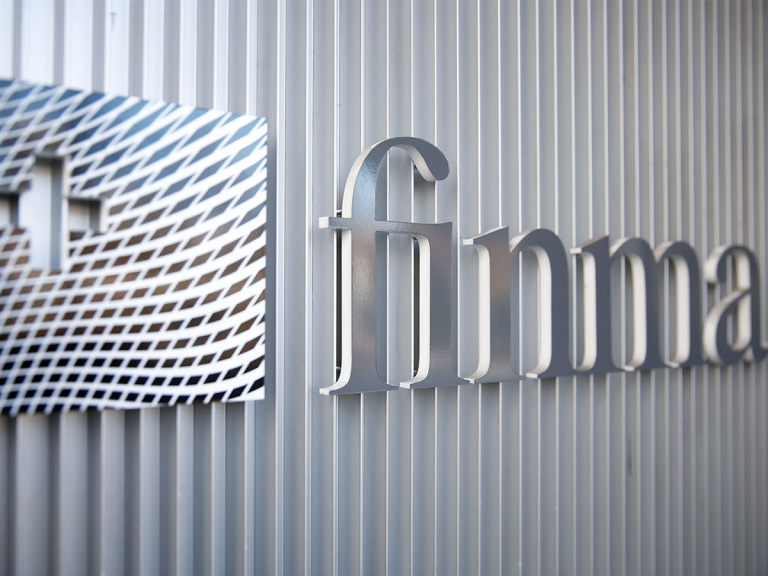Alliant Insurance Services has seen exceptional growth within its captive division over the past 18 months, Seth Madnick, managing director of the captive group at Alliant, told Captive Intelligence.
Alliant does not provide captive management, but works with captives on consulting and feasibility studies.
“We’re not the size of the largest global captive brokers,” Madnick said. “But we’re growing with our preferred clients, and I like to think we’re a niche player.
“In the last 18 months, we’ve seen tremendous growth in new captive formations, and it’s been quite significant across all the Alliant specialty segments.”
Madnick was speaking to Captive Intelligence following the news that Alliant Insurance Services had launched Alliant Re, a reinsurance brokerage division, which will include offering captive reinsurance solutions.
Alliant Re will leverage proprietary data and analytics, industry relationships and insurance expertise to navigate market conditions and provide customised risk transfer solutions to protect insurers from large losses.
He said he expects the Alliant and Alliant Re captive teams to work together closely going forward.
“Alliant is a very flat organisation which is fine and has not a lot of silos, so we’ve already started collaborating on a few projects,” he said.
He said Alliant had worked a lot with property captives due to the current difficultly of placing these risks in the commercial market.
“So, to us, it presents an opportunity to work with Alliant Re on placing some of the stop loss or second event coverage that we need for our property captives,” he said.
“Candidly, in the last week or so, we’ve already had conversations with them on how they can assist us on the property segment alone.”
Madnick noted that most of the company’s recent growth had been around single parent captives.
“We underwrite for a couple of captives that we manage, but the bulk of our growth has been in the single parent side, primarily commercial clients who are feeling the stress in the marketplace,” he added.
He highlighted that one of the biggest challenges is carrier risk appetite and their capacity for fronting risk.
“Property fronting capacity is an issue,” Madnick said. “There are not as many carriers fronting property as there are for the casualty lines.
“The other challenge is collateral, as the carriers are tightening up on their collateral requirements or how much collateral they want for risk transfer. Clients need to have a strong balance sheet to support the collateral commitments.”
He noted that almost all the company’s work for captive clients has been for US based clients, although Alliant was recently retained by a technology company out of Israel for a feasibility study.
“However, the captives themselves are domiciled primarily in Bermuda, Cayman or various states in the US,” he said.
“Some captives are small, some are large. We have a large group captive for a California quick service franchise owner group. It’s about 600 restaurants, so that’s one captive but it’s a large group.”

